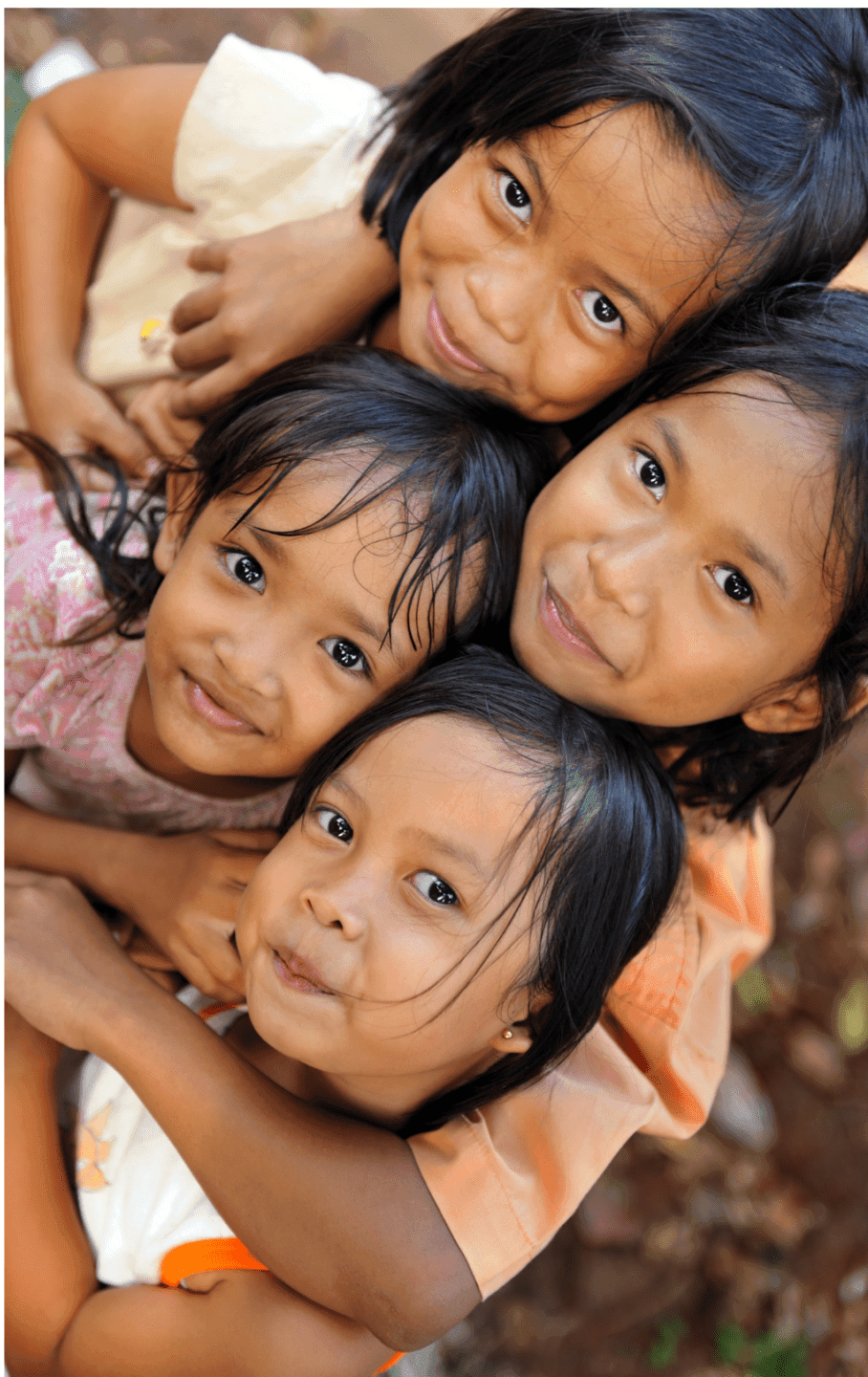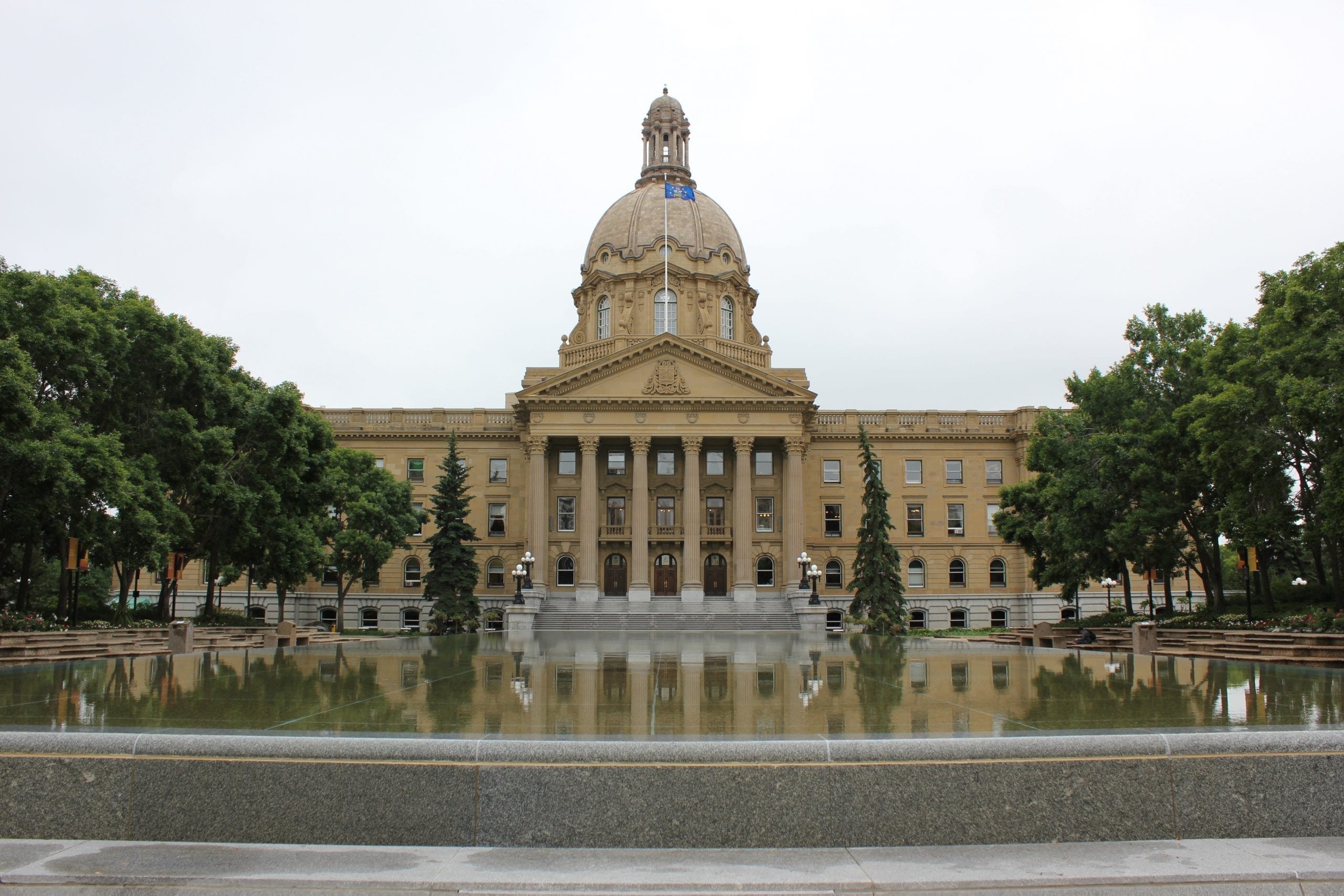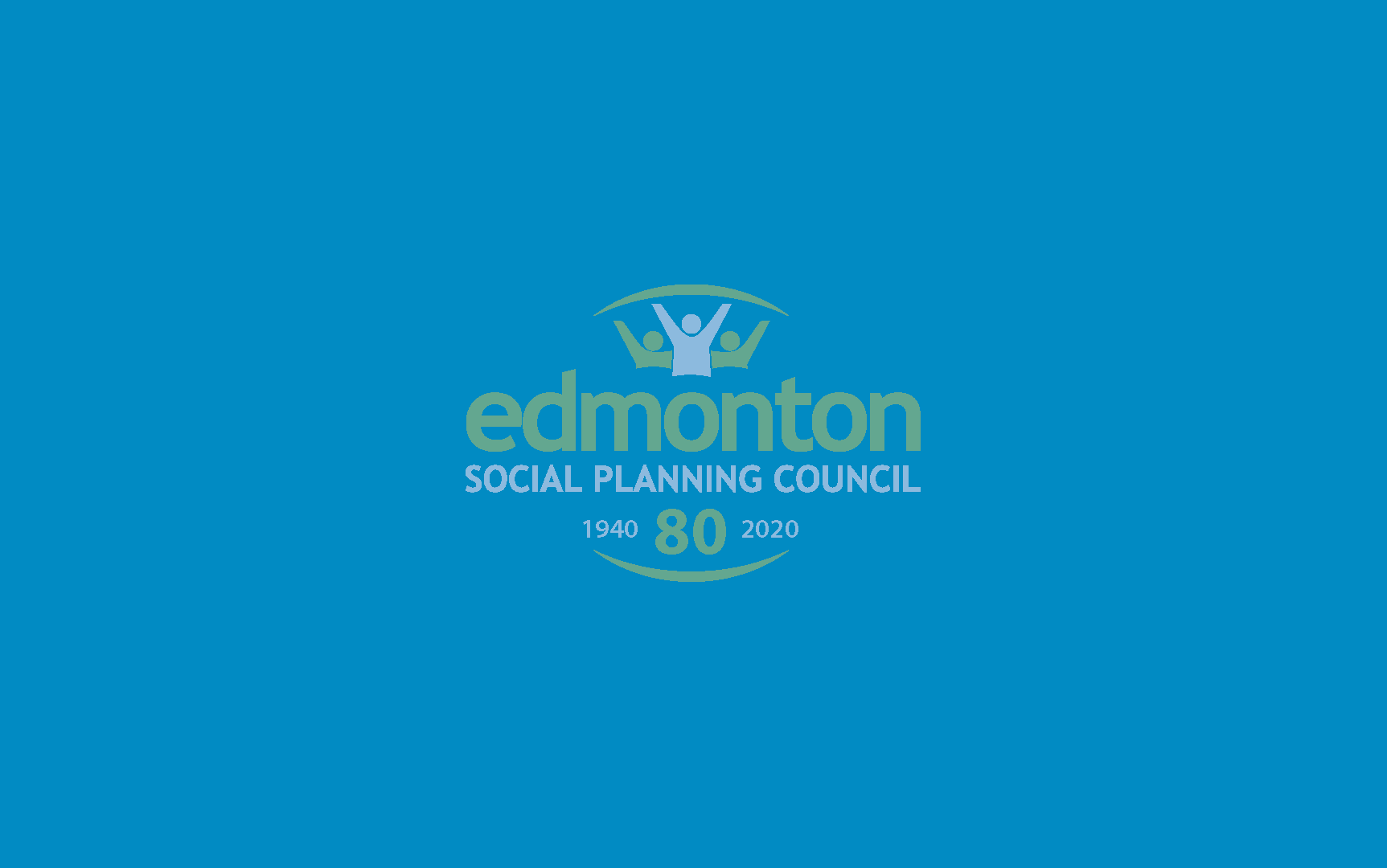Introduction
Early learning and care refers to the environments where young children who have not yet entered kindergarten spend a portion of their day under the supervision of adults other than their parents. Sometimes called daycare or child care, early learning and care includes licensed child care centres, early education programs, preschools, and family day homes.
Early learning and care is seen as a necessity by some and a privilege by others. The federal government envisions a “system” of early learning and care that is high quality, affordable, accessible, inclusive, and flexible. The government intends to increase its financial support toward child care and to negotiate with the provincial and territorial governments on what a system of child care might look like for each.
But who is responsible for actually building such a system?
Who is Currently Responsible for Early Learning and Care?
At present, the responsibility for early learning and care in Alberta is distributed across different authorities.
- Local school boards provide early years programming, funded by Alberta Education, for some of the children who need preventive support to prepare for school entry.
- Local non-profit organizations and for-profit businesses manage child care centres, preschools, and family day homes.
- Alberta Children’s Services regulates child care centres, preschools, and family day homes. It also provides grants to programs and subsidies to low-income families.
- The federal government provides funding for some preschools (e.g., Indigenous Head Start) and is committed to building a national system of early learning and child care. It has begun to distribute funds to some provinces and territories for this purpose.
- City governments control land use and planning within the municipality.
Unfortunately, these different levels of government and community typically do not work together in a coordinated way. The result is delivery of local child care programs and services that is highly fragmented, with some children and families left behind. For many in Edmonton, early learning and care can be difficult to access, largely unaffordable, and uneven in quality.
- The availability of child care spaces is constrained in Edmonton, especially depending on which area of the city a family lives. It is estimated that there are only enough full-day licensed early learning and care spaces for about 37% of Edmonton children under 5 years of age.
- The affordability of child care is a substantial concern for many Edmonton families, with median monthly child care fees at $1,050 for infants, $950 for toddlers, and $925 for preschool-aged children in 2020. An Edmonton family with one infant and one toddler earning the median after-tax family annual income of $99,500 spends about 20% of that income on child care alone.
- The quality of early learning and care varies widely across Edmonton. Depending on the specific child care program or service accessed, there can be a range of staff qualifications, child-to-staff ratios, group sizes, indoor and outdoor environments, and use of a curriculum framework.
The present situation for early learning and care in Edmonton is a patchwork of programs and services that is insufficient. What is needed is a coordinated system to meet the current and future needs of Edmonton’s growing population and diverse communities.
An integrated system of high-quality, affordable, accessible, inclusive, and flexible early learning and care would support many children and families, contribute to economic and social recovery from the COVID-19 pandemic, and help to address some critical societal priorities.
What Can the City of Edmonton Do?
The City of Edmonton has identified early learning and care as an economic and social priority.
- Affordable and quality child care is one of EndPovertyEdmonton’s six game changers that must be addressed if poverty is to be eliminated from Edmonton in a generation.
- Enabling accessible child care facilities in a variety of locations throughout the city is a policy priority in the Edmonton City Plan.
- Promoting affordable, accessible, high-quality, and inclusive early learning and child care is part of the Edmonton Economic Action Plan.
Municipal governments are in a unique position to ensure that coordinated local planning and management of the early learning and care system is translated into programs and services that are responsive to the needs of children, families, and communities. The City of Edmonton can become a municipal leader in Alberta in support of early learning and care by implementing specific actions recommended by the Edmonton Council for Early Learning and Care.
A municipal policy and strategy for early learning and care would represent a strong made-in-Edmonton approach to child care in the city. This policy could include various components to target some of the most pressing issues, grow the partnerships needed, and focus on strengthening capacities. The initial strategy could address issues and capitalize on opportunities through city planning, zoning, neighbourhood development, demonstration centres, and grant programs. Municipal advocacy to the provincial and federal governments could be important to begin the process of building an integrated early learning and care system.
What Can Local School Boards Do?
Local school boards in Alberta have some authority over decisions regarding the early education of children, as delegated to them by the provincial government’s Ministry of Education.
School boards are well-positioned to be an integral part of the development, support, and sustainability of a system of early learning and care that will benefit children and families in their journey to and through the education system. Edmonton school boards can also strengthen their role in support of early learning and care by implementing specific actions recommended by the Edmonton Council for Early Learning and Care.
School boards have a vital role to play. They can provide information about distribution of and access to early learning and care within school communities and neighbourhoods. They can help address issues in finding space, co-locating services, and addressing issues in early learning and care in or around schools. They can also advocate for early learning and care to other levels of government. Local schools can form partnerships with child care centres in the school attendance area to help serve children, families, and communities.
What Can the Provincial and Federal Governments Do?
In Alberta, the provincial government has explicit responsibilities to provide early learning and care services for Alberta’s children and their families. However, local governments and school boards can play important roles in providing services. Needs vary widely across the province and even within cities. Therefore, the provincial government would do well to collaborate closely with regional and municipal governments, school boards, and organizations that have expertise in early learning and care and that understand local conditions and requirements. The provincial government can shift focus toward building a system of early learning and care by implementing specific actions recommended by the Edmonton Council for Early Learning and Care.
Recently the federal government has offered to help fund the cost of building a system of early learning and care in each province and territory. The provincial, territorial, and federal governments must agree on how to build such a system. This agreement will have implications for how provincial and territorial governments balance affordable care with quality, accessibility, inclusion, and flexibility that exceed what is currently available. Again, collaborating with regional and municipal governments, school boards, and organizations will be invaluable as the provincial government goes about the important task of building a system of early learning and care.fACTsheet – Who is Responsible for Early Learning and Care
Who is Responsible for Change? Everyone!
Building an integrated system of early learning and care that is high quality, affordable, accessible, inclusive, and flexible will require partnership and action. Responsibility to children and families lies at all levels of government and community.
Without action, the lack of coordinated planning, management, and support will continue to result in missed opportunities, inefficiencies, and duplications. Barriers related to limited space, lack of affordable options, and inadequate assessment of needs, as well as challenges to ensure quality, inclusiveness, and cultural responsiveness will persist.
With action, these issues can be addressed. Early learning and care is crucial to economic and social development. Access to child care is essential to workforce participation for parents, particularly women with younger children. Mothers are disproportionately affected by a lack of high quality, affordable child care, and this inequity is amplified during economic downturns and this pandemic. Experiences with high quality early learning and care are important for the learning, development, and well-being of children, as well as for reducing child poverty and educational disadvantage. Child care is a critical community service with a substantial social return on investment for communities.
Citizens can play a significant role in supporting early learning and care! Advancing a long-term, coordinated solution can begin at the local level. Edmonton’s municipal election is an opportunity to put early learning and care on the agenda. Citizens can learn more about mayoral, city councillor, and school board trustee candidate views on early learning and care, and vote in the municipal election on October 18, 2021. In preparation for the federal election on September 20, 2021, citizens can also inform themselves about the notable differences in how federal political parties have decided to support early learning and care.
Conclusion
Federal, provincial, and municipal governments, school boards, community organizations, early learning and care programs, and citizens must work together. An integrated early learning and care system, with programs and services that meet the needs of Edmonton’s children, families, and communities is desperately needed.
Special thanks to Jennifer Fischer-Summers, Jeff Bisanz, and the Edmonton Council for Early Learning and Care for helping to put together this fACT Sheet.
[/et_pb_text][/et_pb_column][et_pb_column type=”1_4″ _builder_version=”4.7.4″ custom_padding=”0px|20px|0px|20px|false|false” border_color_left=”#a6c942″ global_colors_info=”{}” custom_padding__hover=”|||”][et_pb_testimonial author=”Posted by:” job_title=”@ET-DC@eyJkeW5hbWljIjp0cnVlLCJjb250ZW50IjoicG9zdF9hdXRob3IiLCJzZXR0aW5ncyI6eyJiZWZvcmUiOiIiLCJhZnRlciI6IiIsIm5hbWVfZm9ybWF0IjoiZGlzcGxheV9uYW1lIiwibGluayI6Im9uIiwibGlua19kZXN0aW5hdGlvbiI6ImF1dGhvcl93ZWJzaXRlIn19@” portrait_url=”@ET-DC@eyJkeW5hbWljIjp0cnVlLCJjb250ZW50IjoicG9zdF9hdXRob3JfcHJvZmlsZV9waWN0dXJlIiwic2V0dGluZ3MiOnt9fQ==@” quote_icon=”off” portrait_width=”125px” portrait_height=”125px” disabled_on=”on|off|off” _builder_version=”4.7.7″ _dynamic_attributes=”job_title,portrait_url” _module_preset=”default” body_text_color=”#000000″ author_font=”||||||||” author_text_align=”center” author_text_color=”#008ac1″ position_font=”||||||||” position_text_color=”#000000″ company_text_color=”#000000″ background_color=”#ffffff” text_orientation=”center” module_alignment=”center” custom_margin=”0px|0px|4px|0px|false|false” custom_padding=”32px|0px|0px|0px|false|false” global_colors_info=”{}”][/et_pb_testimonial][et_pb_text disabled_on=”on|off|off” _builder_version=”4.7.7″ _dynamic_attributes=”content” _module_preset=”default” text_text_color=”#000000″ header_text_align=”left” header_text_color=”rgba(0,0,0,0.65)” header_font_size=”20px” text_orientation=”center” custom_margin=”||50px|||” custom_padding=”48px|||||” global_colors_info=”{}”]@ET-DC@eyJkeW5hbWljIjp0cnVlLCJjb250ZW50IjoicG9zdF9jYXRlZ29yaWVzIiwic2V0dGluZ3MiOnsiYmVmb3JlIjoiUmVsYXRlZCBjYXRlZ29yaWVzOiAgIiwiYWZ0ZXIiOiIiLCJsaW5rX3RvX3Rlcm1fcGFnZSI6Im9uIiwic2VwYXJhdG9yIjoiIHwgIiwiY2F0ZWdvcnlfdHlwZSI6ImNhdGVnb3J5In19@[/et_pb_text][/et_pb_column][/et_pb_row][/et_pb_section]




